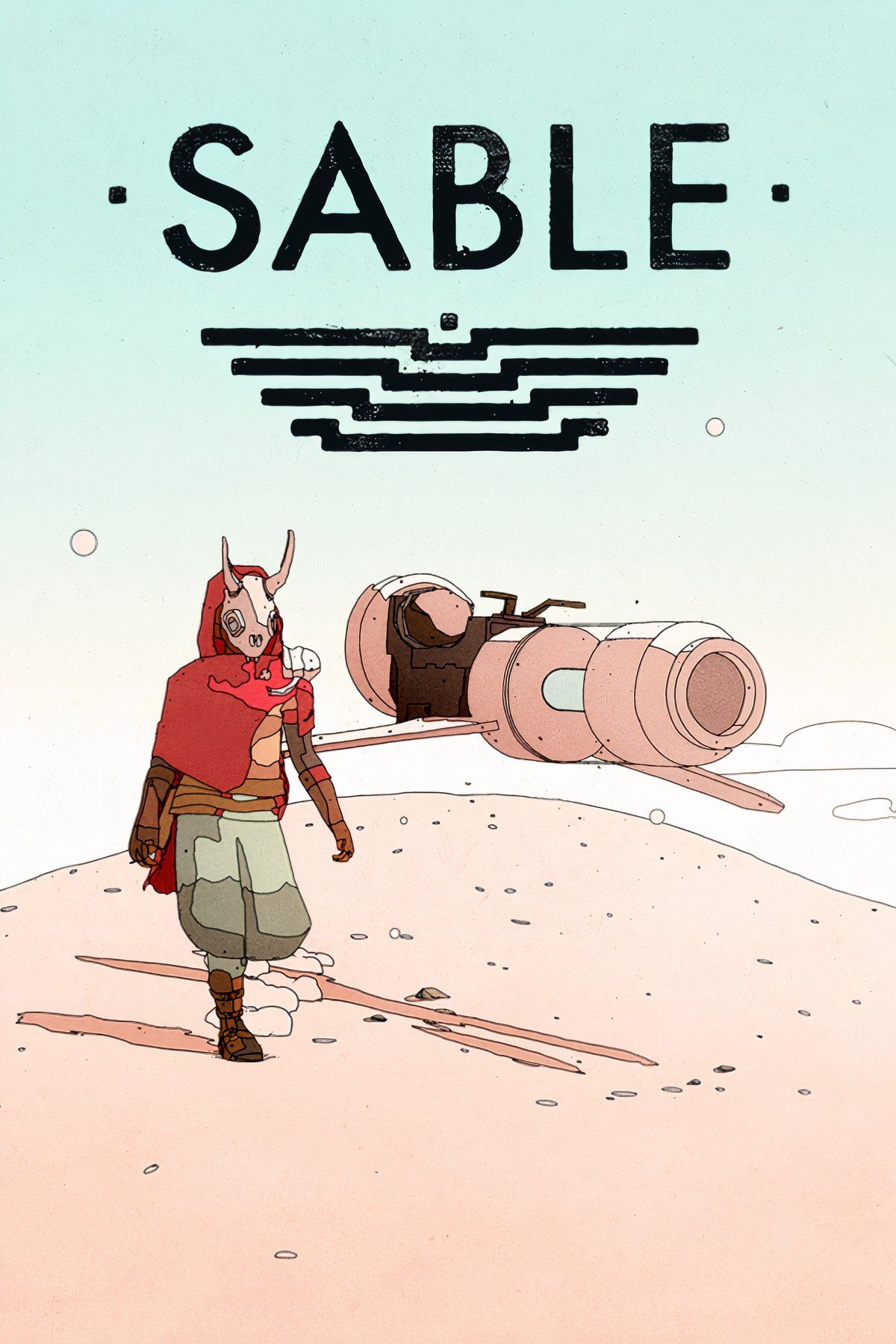Summary
- Certain open-world games embrace emptiness to convey meaning through silence and exploration.
- Titles like Outer Wilds and Shadows of the Colossus prioritize atmosphere and storytelling over combat and content.
- Games like Sable and Journey create impactful experiences through serene, non-threatening open worlds.
There’s a certain kind of silence that sticks. Not the kind where nothing’s happening, but the kind where it feels like something already did. That’s what these games trade in. When people talk about open-world games being “empty,” it usually sounds like a complaint; too little to do, too much dead space, not enough content. But some games don’t just tolerate that silence; they rely on it. These are the worlds that feel sparse on purpose because the emptiness says more than any dialogue ever could.
The emptiness in these games doesn’t refer to them having an empty map (some of these titles don’t even have a map) or a lack of side content and quests to do, but to how they’re set up and how that emptiness ties into the game’s world, its lore, and its gameplay.
Outer Wilds
The Universe Isn’t Empty. You’re Just Very, Very Small
There are only a handful of planets in Outer Wilds, and none of them are populated. Some crumble underfoot, others loop through black holes, and at least one is being hollowed out by a sandstorm in real time. It’s a solar system caught in a 22-minute time loop before everything resets and explodes again. There’s no one to save and nothing to fight. Just knowledge to gather.
What makes its emptiness feel meaningful is how tightly it’s tied to curiosity. Each world feels like a riddle disguised as terrain. There’s barely any hand-holding; figuring out what happened to the ancient Nomai race and why everything keeps resetting is entirely up to the player’s sense of wonder. The silence between discoveries doesn’t feel like downtime; it feels like breathing room. Like the universe is giving players time to process what they just learned before it breaks their heart again. And again. And again.
Sable
Sometimes Emptiness Is Just Another Way To Say Beautiful

Sable
- Released
-
September 23, 2021
There’s something special about a desert that doesn’t threaten you. Sable strips out combat, fail states, and danger almost entirely, leaving just a hoverbike, a wide-open land, and a girl on her rite of passage. Players glide across dunes, scale giant skeletons, and explore abandoned machines left behind by forgotten civilizations, but there’s no rush to any of it. The world waits quietly.
Its art style pulls heavily from French comic artist Moebius, bathing everything in soft, pastel tones that make even the dead zones feel alive. And while there’s dialogue, the best parts of Sable are in its silence. The sense of wandering with no destination, stopping just to look at the shape of the horizon, that’s what gives the world its rhythm. It’s one of the few open-world games where doing nothing doesn’t feel like wasting time.
The Long Dark
Loneliness Hits Harder When It’s Below Freezing
There are no zombies in The Long Dark. No bandits, no supernatural threats lurking in the woods. Just snow, wind, wildlife, and cold that doesn’t forgive. Set in the Canadian wilderness after a geomagnetic disaster knocks modern technology out for good, the world here is brutally empty, but never dull. Every empty cabin, every frozen corpse tells a story, and none of them end well.
This isn’t the kind of open world where players slowly unlock fast travel and new tools that make things easier. In The Long Dark, survival is always difficult. Days blur together. Time is measured in calories and kindling. The quiet of the woods starts out peaceful and quickly shifts to oppressive, especially when a blizzard rolls in and players realize they’re two hours away from shelter. It’s a game that simulates solitude so well that it doesn’t need any jump scares. The fear comes from how real it starts to feel.
Journey
A Story Told Without A Single Word Still Echoes
No dialogue, no combat, no inventory. Just a robed figure sliding across sands and gliding through the wind toward a distant mountain. Journey doesn’t fill its space with objectives or lore dumps; it doesn’t have to. Every dune and ruin in its vast desert exists purely to be felt, not explained. And somehow, that makes it heavier.
The magic comes in the form of fleeting companionship. Other players can show up, wordless and anonymous, but they can’t be directly communicated with. That decision adds a layer of intimacy that most multiplayer games never even try to reach. The emptiness between landmarks doesn’t feel like filler; it feels like reflection. When the credits roll and the mountain fades from view, most players aren’t thinking about what they did. They’re thinking about what it meant. It’s one of the rare open worlds that understands space isn’t always meant to be filled.
Death Stranding
Walking Across A Broken World Feels A Lot Like Therapy
Death Stranding is a game where walking is the entire point. Not walking to get to something, not walking to kill something, just walking. Through jagged valleys, up snowy cliffs, across rivers that look like they’ve never had names. And the thing is, the world isn’t just empty, it’s emptied. Set in a post-apocalyptic United States where humanity has holed up in isolated bunkers, the land in between is as lonely as it gets, and deliberately so.
What keeps it engaging is how much that space fights back. Slippery slopes, shifting weight balance, and terrain hazards mean players are always negotiating with the landscape, not just crossing it. There’s something strangely emotional about building bridges and ropes for others to use, and finding ones left by strangers. Kojima turned desolation into a kind of social mechanic, and in doing so, made a world that feels genuinely healed by the people who walk through it. The silence here feels earned.
Shadow of the Colossus
The Only Thing Louder Than Silence Is Dread
There’s a reason why Shadow of the Colossus has been dissected in game design courses and fan essays for nearly two decades. Its emptiness isn’t an oversight; it’s a statement. There are no towns to visit, no NPCs waiting with side quests, no monsters to farm for loot. Just an endless expanse of ruined architecture, distant cliffs, and a young man riding through it all with a single goal: slay the sixteen colossi that roam this forgotten land.
What makes it work is how that silence bends over time. In the beginning, it feels majestic. Later, it becomes uncomfortable. Each empty canyon passed, and the echoing hoofstep heard just adds to the creeping suspicion that maybe nothing about this journey is heroic. The lack of music between fights amplifies the weight of what players are doing, while the vastness of the terrain makes every encounter feel impossibly intimate. By the time the final colossus falls, the empty world has spoken volumes, and none of it is reassuring.
#OpenWorld #Games #Empty #Design



